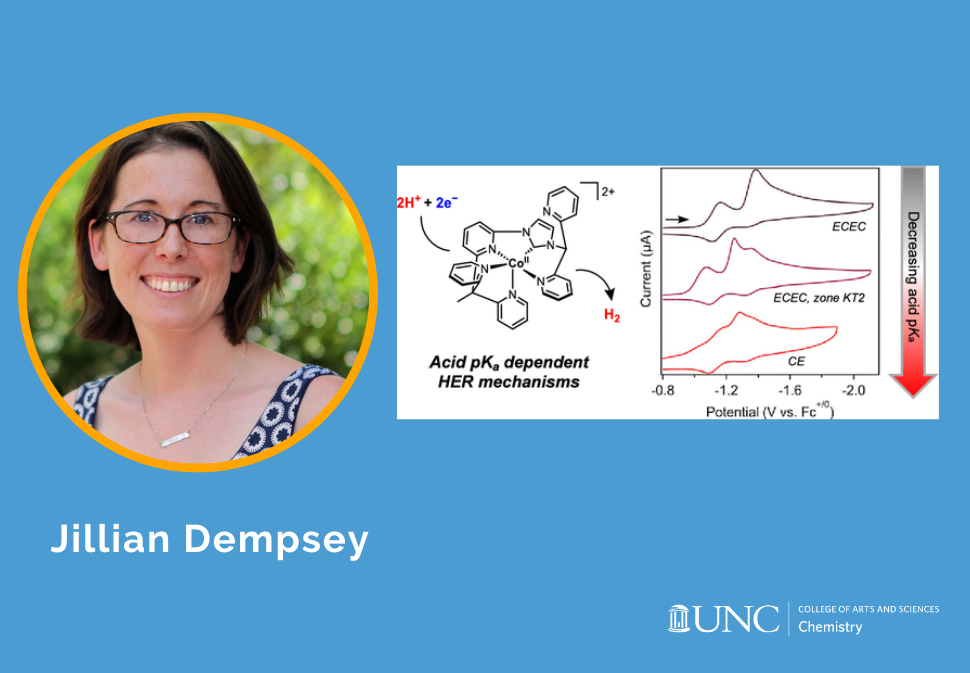Mechanism-Guided Kinetic Analysis of Electrocatalytic Proton Reduction Mediated by a Cobalt Catalyst Bearing a Pendant Basic Site
Abstract
Cobalt polypyridyl complexes stand out as efficient catalysts for electrochemical proton reduction, but investigations into their operating mechanisms, with broad-reaching implications in catalyst design, have been limited. Herein, we investigate the catalytic activity of a cobalt(II) polypyridyl complex bearing a pendant pyridyl base with a series of organic acids spanning 20 pKa units in acetonitrile. Structural analysis, as well as electrochemical studies, reveals that the Co(III) hydride intermediate is formed through reduction of the Co(II) catalyst followed by direct metal protonation in the initial EC step despite the presence of the pendant base, which is commonly thought of as a more kinetically accessible protonation site. Protonation of the pendant base occurs after the Co(III) hydride intermediate is further reduced in the overall ECEC pathway. Additionally, when the acid used is sufficiently strong, the Co(II) catalyst can be protonated, and the Co(III) hydride can react directly with acid to release H2. With thorough mechanistic understanding, the appropriate electroanalytical methods were identified to extract rate constants for the elementary steps over a range of conditions. Thermodynamic square schemes relating catalytic intermediates proposed in the three electrocatalytic HER mechanisms were constructed. These findings reveal a full description of the HER electrocatalysis mediated by this molecular system and provide insights into strategies to improve synthetic fuel-forming catalysts operative through metal hydride intermediates. © 2024 American Chemical Society.
Citation


